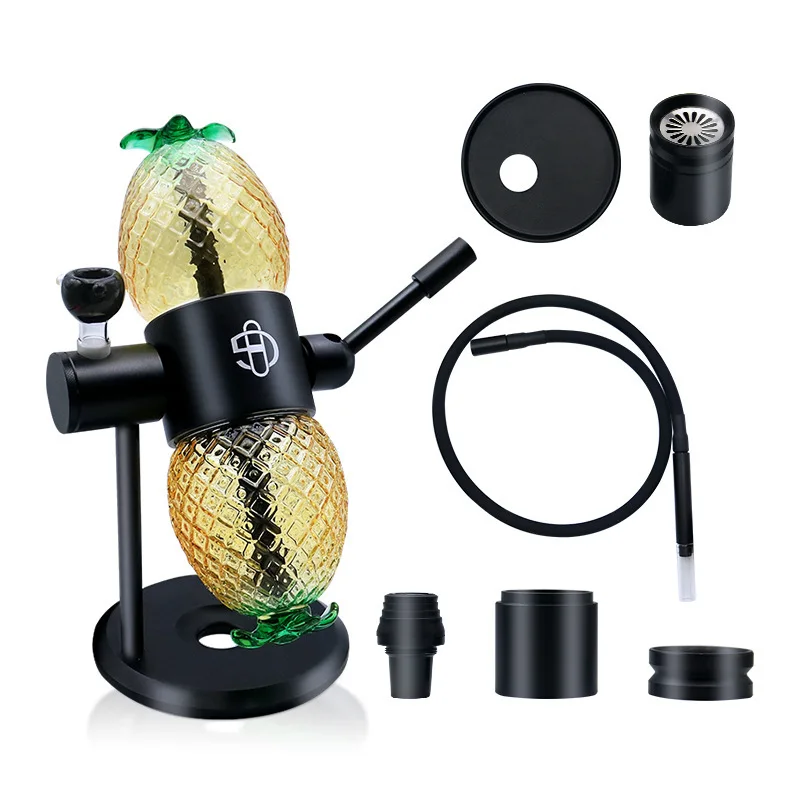Germany’s cannabis world is moving fast. While the country breaks its own records for medical flower imports, it’s also moving forward—unevenly but steadily—with its system of adult-use cannabis social clubs. Two parallel trends, one story: domestic demand has surpassed all expectations.
According to newly published data from the Federal Institute for Drugs and Medical Devices (BfArM) and shared by the International Cannabis Business Conference, Germany imported 56.915 metric tons of medical cannabis in Q3 2025, the highest quarterly figure ever recorded. Even previous numbers were revised upward: Q2 increased from 43.257 metric tons to 47.706 metric tons, confirming a strong and sustained upward trend.
In this context, two countries account for nearly all the medical cannabis that enters Germany: Canada (66.237 metric tons so far in 2025) and Portugal (42.076 metric tons).
Other countries of origin—Australia, Colombia, Uruguay and the Netherlands—contribute much smaller volumes, though they continue to grow steadily and increase shipments quarter after quarter.
With demand rising faster than domestic capacity, Germany hit its annual import limit of 122 metric tons in September and was forced to raise it to 192.5 metric tons. Only then were pending import authorizations reactivated.
Cannabis social clubs: A bottom-up network
At the same time, the country is pushing ahead with its other major experiment: adult-use cannabis social clubs. This is a community-based structure operating without a commercial market, where each member receives a share of the collective harvest. Since July 2024, when the first cannabis social club opened, interest hasn’t waned.
By November 2025, 791 groups had initiated the application process and 357 had already been authorized, according to ICBC and the BCAv (the German Federal Association of Cultivation Associations). Most applications come from North Rhine–Westphalia, Lower Saxony, and Berlin, while smaller states show little activity.
The map is uneven (some states move quickly, others barely move), but one thing is clear: a social fabric is emerging, one that is willing to organize, formalize, and grow within the rules.
The import curve and the rise of these associations ultimately tell the same story from two angles. On one hand, a massive medical system supporting hundreds of thousands of patients. On the other, a public that’s betting on community-based, regulated, and traceable models.
Germany is testing two paths at once because its cannabis reality is already firmly in place. And choosing just one, today, would mean ignoring the scale of the change.
Cover photos: engin akyurt on Unsplash // Elsa Olofsson on Unsplash
























